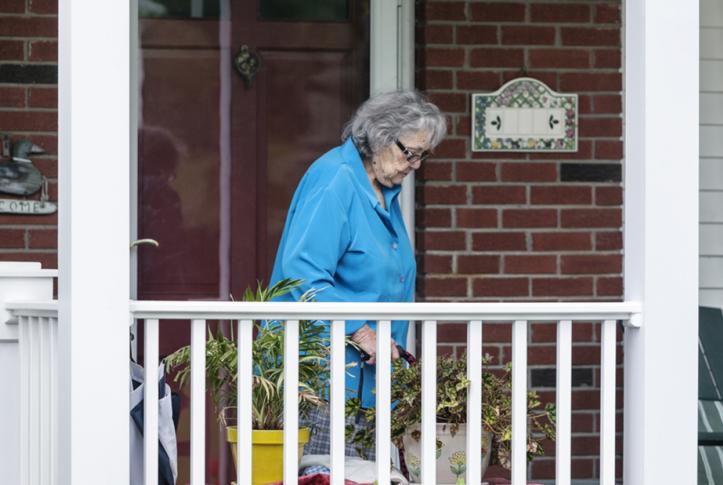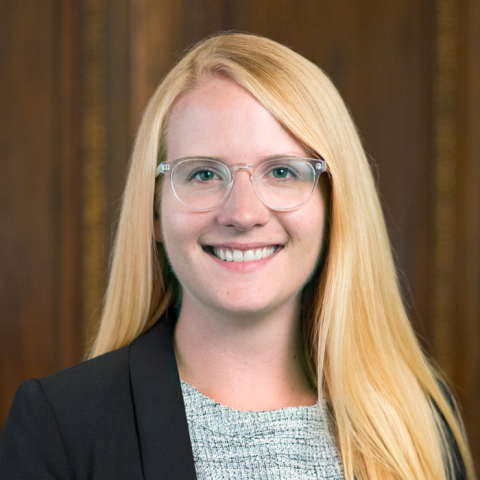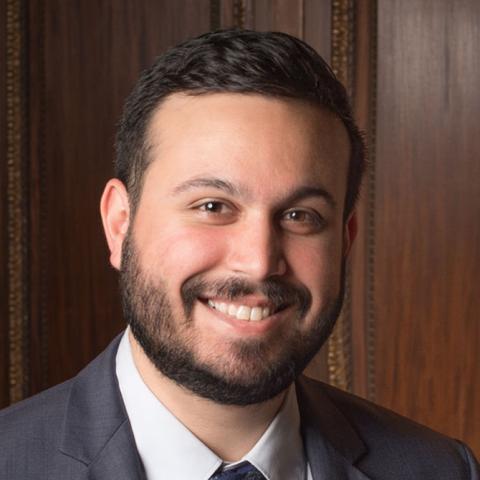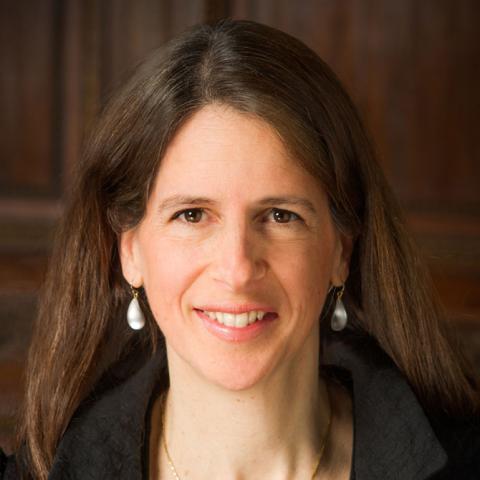High-need adults — those with multiple physical or cognitive limitations — are almost twice as likely to struggle financially as adults who are not high-need. Such financial difficulties can lead people to avoid getting the care they need, when they need it. Furthermore, research shows adults experiencing financial hardship are at increased risk for chronic disease and early death.
To explore how financial difficulties affect the health care of high-need adults,1 we analyzed data from the Commonwealth Fund Survey of High-Need Patients conducted from June to September 2016. We defined financial difficulties as worrying about having enough money to pay for housing or monthly bills, or making less than $15,000 a year.
Compared to high-need adults who were financially stable, those experiencing financial difficulties reported:
- More emergency room visits and greater barriers to primary care. High-need adults with financial difficulties were more likely to report problems getting medical care after traditional business hours outside the emergency room. They were also more likely to delay needed care because they did not have transportation, or because they could not get an appointment at a convenient time, compared to high-need adults without financial difficulties.
- Poorer quality of care and communication with providers. When high-need adults experiencing financial difficulties did receive care, they were less likely to report their regular doctor, nurse, or other provider knew about their medical history, involved them in decisions, or listened carefully to them. This is particularly concerning as a previous analysis has shown that good communication between high-need patients and providers is associated with lower rates of unnecessary emergency room visits.
What Can Providers, Policymakers, and Plans Do?
Payment policies that misalign financial incentives — particularly those that reimburse providers on a fee-for-service basis and that fail to pay for social services benefiting high-need patients — are perhaps the most prominent barrier to the widespread adoption of successful models of care for high-need patients.
Our analysis finds an interaction between financial hardship, complex medical needs, and access to high-quality care. In light of this, and the large body of research which shows that financial difficulties can have adverse implications on patients’ health, providers and health systems should consider the benefits of systematically screening patients to understand their financial needs, and then linking them to services to help meet those needs.
Several evidence-based programs that integrate medical and nonmedical services — such as financial support, transportation services, or housing assistance —have resulted in improvements for high-need patients with financial needs themselves, and have reduced unnecessary, costly hospital care. For example, the OneCare program at the Commonwealth Care Alliance has interprofessional care teams provide both medical care and nonmedical services to address financial needs of adults enrolled in Medicaid and Medicare, and has shown reductions in hospitalizations and emergency department visits.
However, barriers to nonmedical service integration remain. To ensure providers can implement promising models for high-need patients with financial needs, the federal government, states, and insurance providers should expand payment policies that give providers flexibility and encourage them to integrate nonmedical services by offering reimbursement.
Read more about how we conducted the 2016 Commonwealth Fund Survey of High-Need Patients.
Notes
1 High-need adults with financial issues have similar demographics as those who do not; the majority are white (64%), female (58%), over age 50 (63%), and retired or disabled (60%). Among those with insurance, most (55%) have Medicare coverage.
2 Long, P., M. Abrams, A. Milstein, G. Anderson, K. Lewis Apton, M. Lund Dahlberg, and D. Whicher, Editors. 2017. Effective Care for High-Need Patients: Opportunities for Improving Outcomes, Value, and Health. Washington, DC: National Academy of Medicine.







